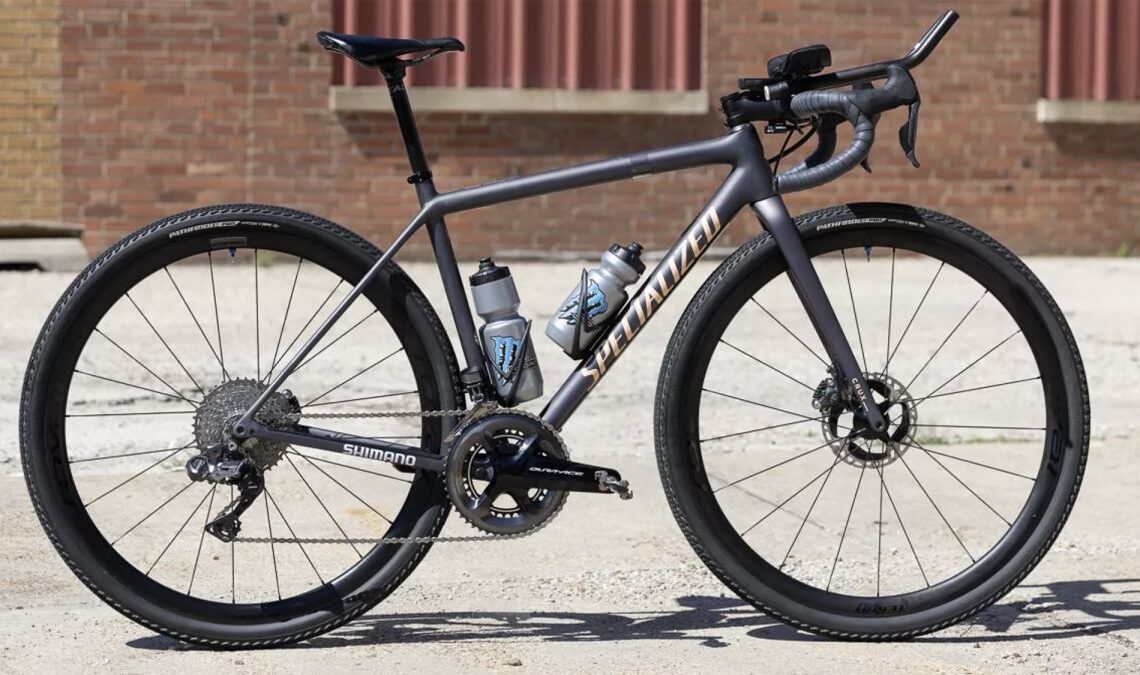This year’s Garmin Unbound Gravel presented by Craft is coming fast, racing in Emporia starting June 2 for the 350-mile event followed by the 200-mile and other categories on June 3. Over the years, this race has turned into the premier gravel race in the US and, perhaps, the world. That means all eyes are on the winners and the bikes that complete the gruelling events, especially the 200-mile race, in the least amount of time.
However, gravel racing is distinctly different from the WorldTour. That might seem obvious but it’s about far more than road surfaces. The athletes, both men and women, have to complete the course without support from the vast machinery of team backing. Brand partnerships require far less capital and the relationships are more personal. The gruelling nature of the ever-changing course, and less emphasis on superstar athletes, further helps bike choice to be open and free with less at stake. The result is that fans get to see choices closer to what they have at their local bike shop play out on a world stage.
The definition of what the best gravel bike is shifts fairly quickly beneath the feet of consumers, racers, and manufacturers. There is a constant push and pull between the different groups and as fans, we get to watch it happen in the microcosm that is the Unbound gravel race. The question in play is what trends can we see?
What was the first unbound winning bike?
The first time Unbound ran was 2006. Back then, the race name was different, as was the vibe. There was no expo to peruse and the starting grid only had 34 names. There’s no recorded winner in the women’s category but Dan Hughes completed the race in 12 hours and 58 minutes. The bike that was under him was both a world away from what this year’s winning bike will look like and simultaneously quite recognizable.
Hughes completed that first Unbound race on a custom-designed steel-framed bike. The man responsible for building the bike was Brent Steelman who had been in the business of building frames, of all kinds, since the early ’80s in Redwood California. Known for the ability to experiment, that first bike was no doubt an experiment but seemingly one that worked. The one defining characteristic is the battle for space at the rear end which hasn’t changed all that much.
Keeping the rear end of a bike short keeps handling snappy and ride…
Click Here to Read the Full Original Article at CyclingNews RSS Feed…

